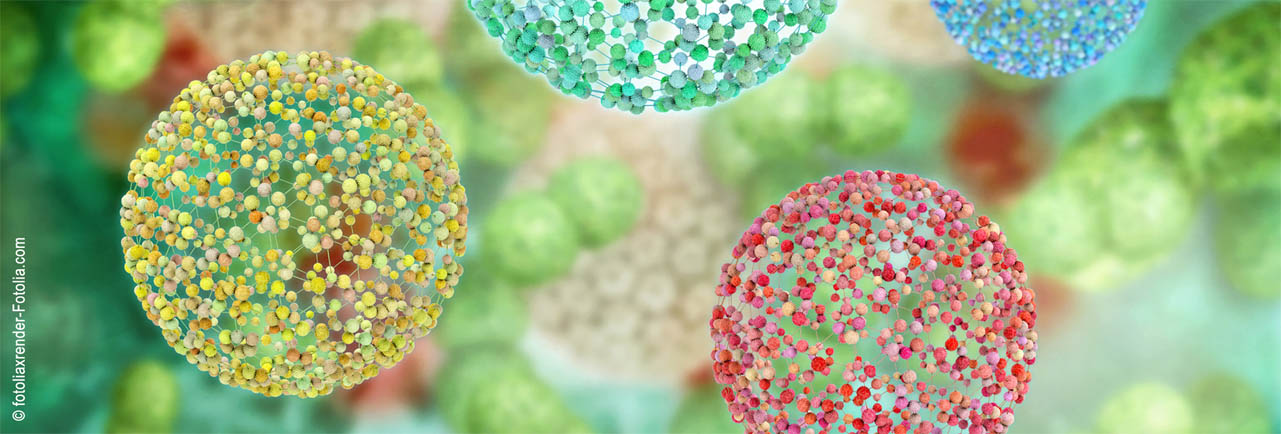Speaker
Description
The preparation of porous materials with hierarchical porosity is a challenging endeavor. However, such materials are extremely useful for a number of applications, including chromatographic separations, catalysis, membranes preparation and electrodes for batteries. Inorganic porous materials could be used also as skeletons for the preparation of composite materials with a complex architecture.
Our group has pioneered a unique method for the preparation of macroporous materials made of silica with controlled pore alignment using a sol-gel strategy. The sol-gel transitions used in our work lead to microporous materials made of interconnected particles, the size of which can be controlled by the reaction conditions. By dispersing magnetic colloids in the sol precursor, the structure of the final gel can be manipulated by using magnetic fields with different configurations. Using static fields the isotropic disordered structure of gel can be transformed in a strongly anisotropic fiber-like structure, with fibers aligned in the direction of the field. When rotating fields are used, a lamellar structure is obtained, similar to the inorganic skeleton of nacre.
The objective of my project is the preparation of materials with oriented meso- and macropores. This will be achieved by using surfactants, which are commonly used to template silica-based materials, leading to well-ordered mesopores. Recently, magnetic surfactants have been discovered, with the ability to respond to magnetic fields, altering the structure and alignment of their micelles. In this project, magnetic colloids and magnetic surfactants will be incorporated at the same time in a silica sol-precursor, and magnetic fields will be used to tune simultaneously both the macro and the meso-porosity of the final material.

